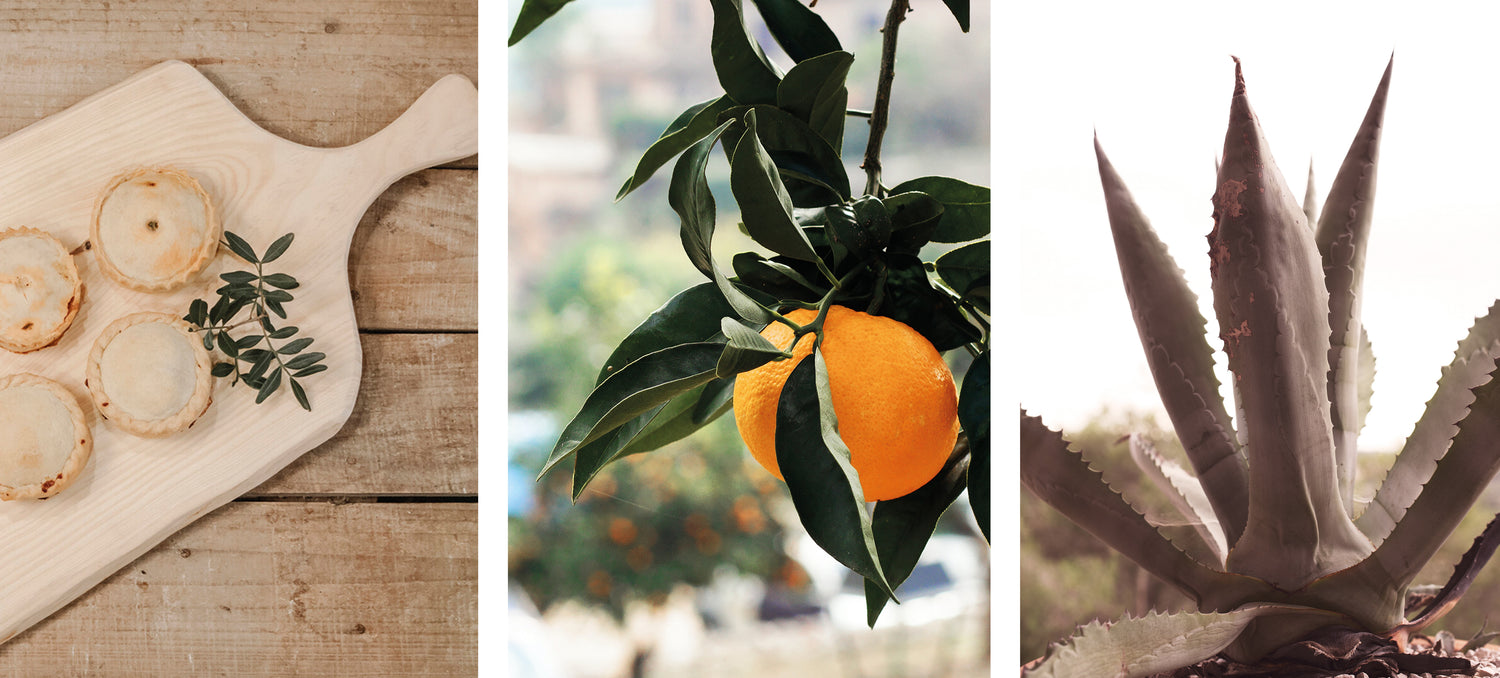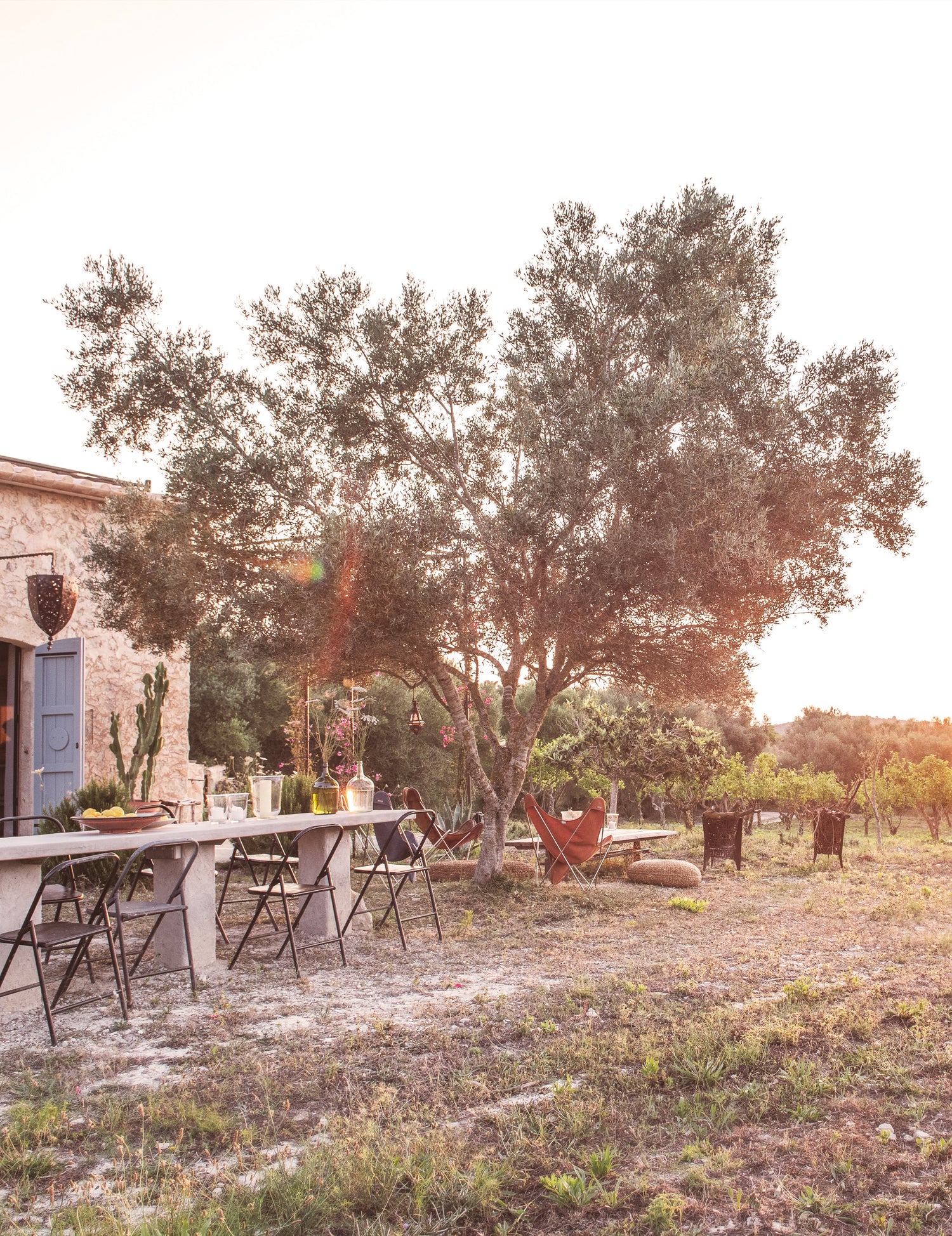mmm... MALLORCA
Mallorca, the largest of the Balearic Islands, has a rich culinar y tradition thanks to its location between mainland Spain and North Africa. Sample the island's history in the form of pasties, fish soup and vegetable stew. Bon appetit!
Mallorca’s cuisine has been influenced by people who have either visited, conquered or permanently settled the island. The Phoenicians (from what is now largely Lebanon and Syria) and the Carthaginians (from present-day Tunisia) brought chickpea to the island, the Catalans introduced paprika (which they brought over from America), the Greeks brought wine, olives and almonds, the Romans introduced Mallorca to peaches and apricots, and the Arabs brought citrus fruits.
Many of these products are still used in today’s Mallorcan cuisine: near Sa Pobla in the north, wild chickpeas bloom one month per year, Es Grif rice (perfect for paella!) is grown in the Albufera nature reserve in north-western Mallorca, you can’t miss the orange groves in the town of Sóller and near Binissalem in the middle of the island, wine is produced from indigenous grape varieties such as Manto Negro and Gorgollasa. Having been exiled by the Roman emperor Titus, the Jews also ended up in Mallorca and left traces of their cuisine such as chicken with almonds and pine nuts. And panades (dough pies with lids) filled with lamb are traditionally eaten around Easter time.

SEIZOEN & TRADITIE
In Mallorca, food is seasonal. It’s hard to ignore a tradition that the islanders are really proud of: the slaughter festivals or matança. Suckling pig, the porcella mallorquin or cochinillo, is eaten during these feasts and sobrassada and botifarrón, the local sausages, are made en masse. It’s a real family affair. Panades, often stuffed with meat and peas, are eaten during Easter time (in spring). Cocarrois, a vegetarian version containing peppers and pine nuts, are also extremely popular.
To close this season, there are celebrations for Mallorca’s patron saint, the Pancaritats, on the first Sunday after Easter. On this day, leftover bread (panades) is distributed to the poor. A great deal of emotion is attached to the island’s cuisine. Local residents and chefs are proud of their family recipes, the unique culinary history and the culture of eating together outside, at a long table, overlooking the island’s beautiful scenery. It doesn’t get better than that.
Each culinary feast begins with an apéritif: Palo de Mallorca, a bittersweet liqueur with notes of caramel and quina (a plant that produces quinine). Then you can tuck into local specialities like black artichokes, Mallorcan snails with parsley, garlic, fennel, mint and chilli, greixonera de peix (Mallorcan fish soup) and tumbet: a vegetable stew of potatoes, tomato, garlic, peppers and aubergine. This is drizzled with olive oil and Mallorcan-grown Flor de Sal from the salt banks in the south-eastern Es Trenc national park.
End your meal like a true Mallorcan with a licor de hierbas – a local variation on grappa. The added aniseed make it perfect as an apéritif.

HIDDEN TREASURES
In the middle of the island, near the village of San Joan, is the Osa Major finca founded by Dutch hosts Brenda and Roland. It’s far enough away from the crowds of tourists – because there are quite a lot on Mallorca – in a beautiful, peaceful valley.
Here, you can take yoga classes, simply chill out and – most importantly – eat exquisite food. This place offers you the best of Mallorca, with a focus on local ingredients, healthy recipes and sustainability. Fresh, seasonal and organic: it only makes sense that Osa Major’s kitchen has produced a cookbook written by fellow Osa chef Nina Verbeek (@verbeeknina_) containing over 70 vegetarian recipes, crammed with vegetables, pulses, olives, nuts, cheeses and the other divine ingredients that this island offers.
Osa Major draws inspiration from Mallorca’s culinary history, such as the traditional coca de trampó, a flatbread topped with a ‘salad’ of peppers, tomato and onion. The dough is traditionally made using lard, but that can be replaced by butter. You can easily make this sunny delight at home. Various recipes are available online.
OSA MAJOR, The finca, the food, the people by Nina Verbeek is on sale at osamajor.com.

SHOP OUR FAVOURITE MALLORCA LOOKS












